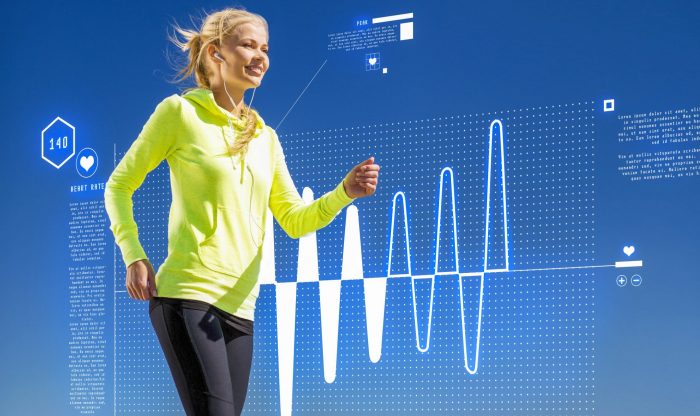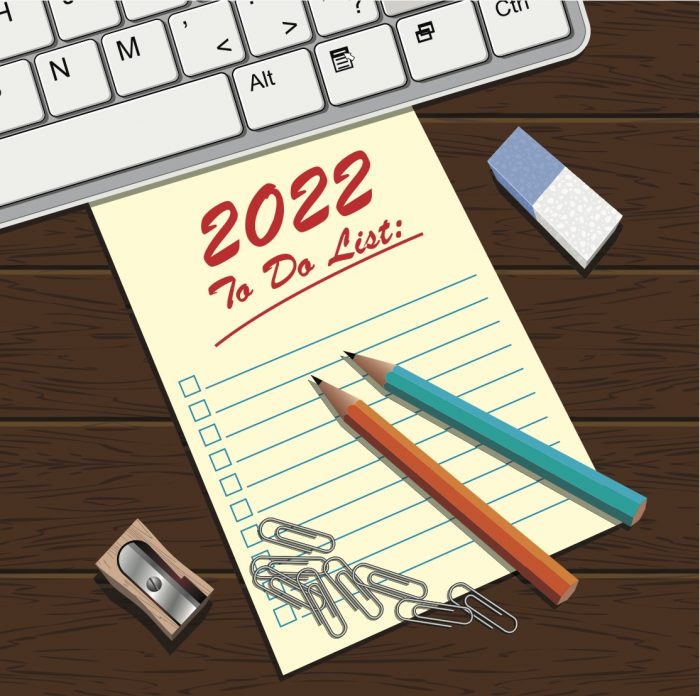Walking regularly can elevate your mood
By David Dunaief

If you were tuning into television in the U.S. for the first time, you would imagine we were a society of exercisers. Sports is big business. Ads for workout equipment, sneakers, and athletic clothing abound. And yet, many of us don’t exercise even the minimum to maintain good physical and mental health through adulthood.
As kids, many of us tried to get out of gym class, and as adults, we “want” to exercise, but we “don’t have time.” The result of this is a nation of couch potatoes. I once heard that the couch is the worst deep-fried food. It perpetuates inactivity, especially when watching TV. Even sleeping burns more calories.
I think part of the problem, generally, is that we don’t know what type of exercise is best and how long and frequently to do it. These days, many who depend on gyms, dance studios and other exercise-related facilities for exercise are struggling to find meaningful substitutes.
Well, guess what? There is an easy way to get tremendous benefit with very little time involved. You don’t need expensive equipment, and you don’t have to join a gym. You can sharpen your wits with your feet.
Jane Brody has written in The New York Times’ Science Times about Esther Tuttle. Esther was 99 years old, sharp as a tack and was independently mobile, with no aids needed. She continued to stay active by walking in the morning for 30 minutes and then walking again in the afternoon. The skeptic might say that this is a nice story, but its value is anecdotal at best.
Well, evidence-based medicine backs up her claim that walking is a rudimentary and simple way to get exercise that shows incredible benefits. One mile of walking a day will help keep the doctor away.
Walking has a powerful effect on preserving brain function and even growing certain areas of the brain (1). Walking between six and nine miles a week, or just one mile a day, reduced the risk of cognitive impairment over 13 years and actually increased the amount of gray matter tissue in the brain over nine years.
Those participants who had an increase in brain tissue volume had a substantially reduced risk of developing cognitive impairment. Interestingly, the parts of the brain that grew included the hippocampus, involved with memory, and the frontal cortex, involved with short-term memory and executive decision making. There were 299 participants who had a mean age of 78 and were dementia free at the start of the trial. Imagine if you started earlier?
In yet another study, moderate exercise reduced the risk of mild cognitive impairment with exercise begun in mid-to-late life (2).
Even better news is that, if you’re pressed for time or if you’re building up your stamina, you can split a mile into two half-mile increments. How long does it take you to walk a half-mile? You’ll be surprised at how much better you will feel — and how much sharper your thinking is.
This is a terrific strategy to get you off the couch or away from your computer. Set an alarm for specific points throughout the day and use that as a prompt to get up and walk, even if only for 15 minutes. The miles will add up quickly. In addition to the mental acuity benefits, this may also help with your psychological health, giving you a mental break from endless Zoom calls and your eyes a break from endless screens.
If you ratchet up the exercise to running, a study showed that mood also improves, mollifying anger (3). The act of running actually increases your serotonin levels, a hormone that, when low, can make people agitated or angry. So, exercise may actually help you get your aggressions out.
Walking has other benefits as well. We’ve all heard about the importance of doing weight-bearing exercise to prevent osteoporosis and osteoporotic fractures. The movie WALL-E even did a spoof on this, projecting a future where people lived in their movable recliners. The result was a human skeletal structure that had receded over the generations from lack of use. Although it was tongue-in-cheek, it wasn’t too far from the truth; if you don’t use them, bones weaken and break. Walking is a weight-bearing exercise that helps strengthen your joints, bones and muscles.
So, remember, use your feet to keep your mind sharp and yourself even-tempered. Activities like walking will help you keep a positive attitude, preserve your bones and help increase the plasticity of your brain.
References:
(1) Neurology Oct 2010, 75 (16) 1415-1422. (2) Arch Neurol. 2010;67(1):80-86. (3) J Sport Exerc Psychol. 2010 Apr;32(2):253-261.
Dr. David Dunaief is a speaker, author and local lifestyle medicine physician focusing on the integration of medicine, nutrition, fitness and stress management. For further information, visit www.medicalcompassmd.com.









 Here are some things you can do immediately to lower your carbon footprint and change your impact on the environment.
Here are some things you can do immediately to lower your carbon footprint and change your impact on the environment.










